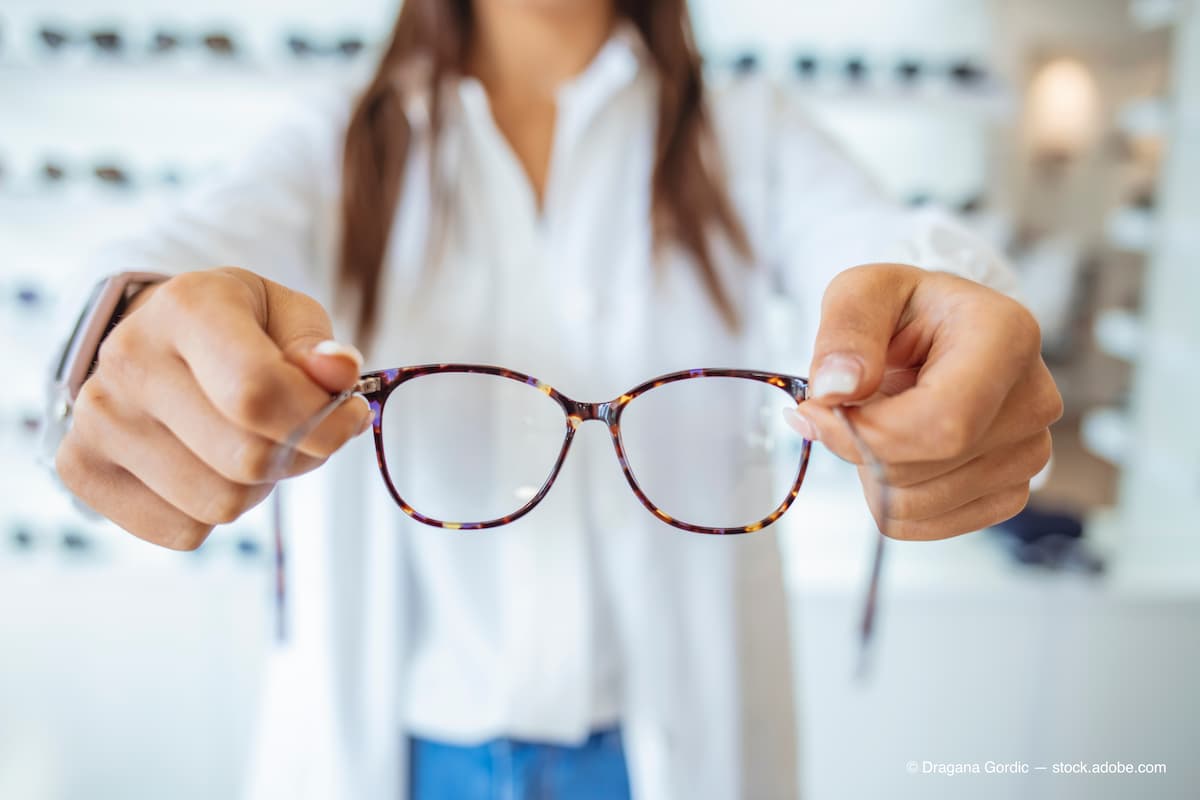This week in optometry: January 7-January 12
A look back on what's happened in optometry during the week of Jan. 7-Jan. 12, 2023.
Check out what Optometry Times®' shared this week:

Optometry news
First patient enrolled in Ocuphire Phase 3 pivotal trial of Nyxol for presbyopia
By Emily Kaiser, Assistant Managing Editor
Ocuphire Pharma announced this week that in later December 2022 the first patient enrolled in the VEGA-2 Phase 3 trial for phentolamine ophthalmic solution 0.75% (Nyxol) for presbyopia. VEGA-2 is investigating both Nyxol as a single agent and Nyxol with adjunctive low-dose pilocarpine (LDP) therapy for presbyopia.
CAM for the treatment of Sjögren syndrome–related ocular surface disease
By Marc Bloomenstein, OD, FAAO
Sjögren syndrome is a potentially life-threatening chronic autoimmune disorder that can cause irreversible damage to exocrine glands, such as the lacrimal and salivary glands, resulting in a loss of tear and saliva production.
As the tear film in patients with Sjögren syndrome becomes insufficient to keep the eye moist, this leads to ocular inflammation and dry eye disease.1,2
The quality of life for patients has been shown to be severely impaired by the associated ocular surface symptoms, so treatment aims for symptomatic relief and prevention of further damage to the ocular surface.1,2
Read the current treatment options and more...
Preoperative visual decrease possible after phacoemulsification surgery
By Lynda Charters
Visual decreases are rare after phacoemulsification, but they can occur within 1 day postoperatively,1 according to professors Harry Rosen and Stephen Vernon from, respectively, the Charing Cross Hospital, Imperial College Healthcare National Health Service Trust, London, and the Ophthalmic Service, The Park Hospital, Nottingham, UK.
The safety and efficacy of phacoemulsification have increased to the point that it is no longer standard practice to examine patients the day after surgery, they pointed out. However, because of the rarity of visual decreases, the investigators stated, “Clinicians are therefore likely to be unfamiliar with the potential causes of reduced vision when presented with a patient in the immediate postoperative period.”
International Keratoconus Academy continues to provide cutting-edge education
By S. Barry Eiden, OD, FAAO, FSLS; Andrew S. Morgenstern, OD, FAAO, JNAP; and Elizabeth Yeu, MD
The International Keratoconus Academy of Eye Care Professionals (IKA) was established in 2014 to promote ongoing professional and scientific development in keratoconus and other forms of corneal ectasia.
The primary mission of IKA is the sharing of professional education and best practices for improved patient care and quality of life. IKA is led by an executive board and a medical advisory board (comprising experts from optometry, ophthalmology, and allied eye health professionals) and has open access to membership.
Herpesvirus DNA identified in corneal grafts
By Lynda Charters
Herpesvirus DNA was discovered in a high percentage of corneal grafts after transplantation.
This discovery underscores the need for routine herpes simplex virus (HSV-1) and varicella zoster virus (VZV) PCR testing in all explanted corneas according to Julia Bing Bu, MD, and colleagues from the Department of Ophthalmology, University Medical Center of the Johannes Gutenberg-University Mainz, Mainz, Germany.
Read more from Bu and colleagues' findings...
EVO ICL may be best-kept secret in refractive surgery
By Roberto "Bobby" Saenz II, OD, MS, FAAO
Every day, patients express interest in spectacle independence. They often think laser in situ keratomileusis (LASIK) is the only way to accomplish this because it is the refractive procedure with which they are most familiar. I always use these inquiries as an opportunity to explain that there are a variety of excellent interventions that can be employed to achieve reduced or total spectacle independence, and the EVO Visian (STAAR) ICL (implantable Collamer lens) is one of them.
Although the EVO ICL gained FDA approval in the United States just this year, it has a long and successful history outside the country, where more than 2 million have been implanted during the past 15 years.
Newsletter
Want more insights like this? Subscribe to Optometry Times and get clinical pearls and practice tips delivered straight to your inbox.